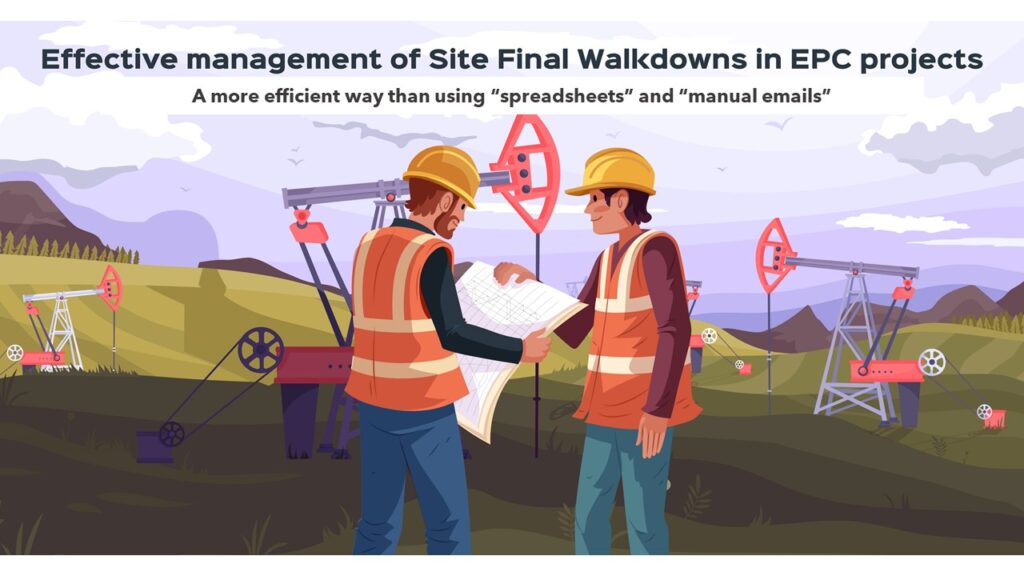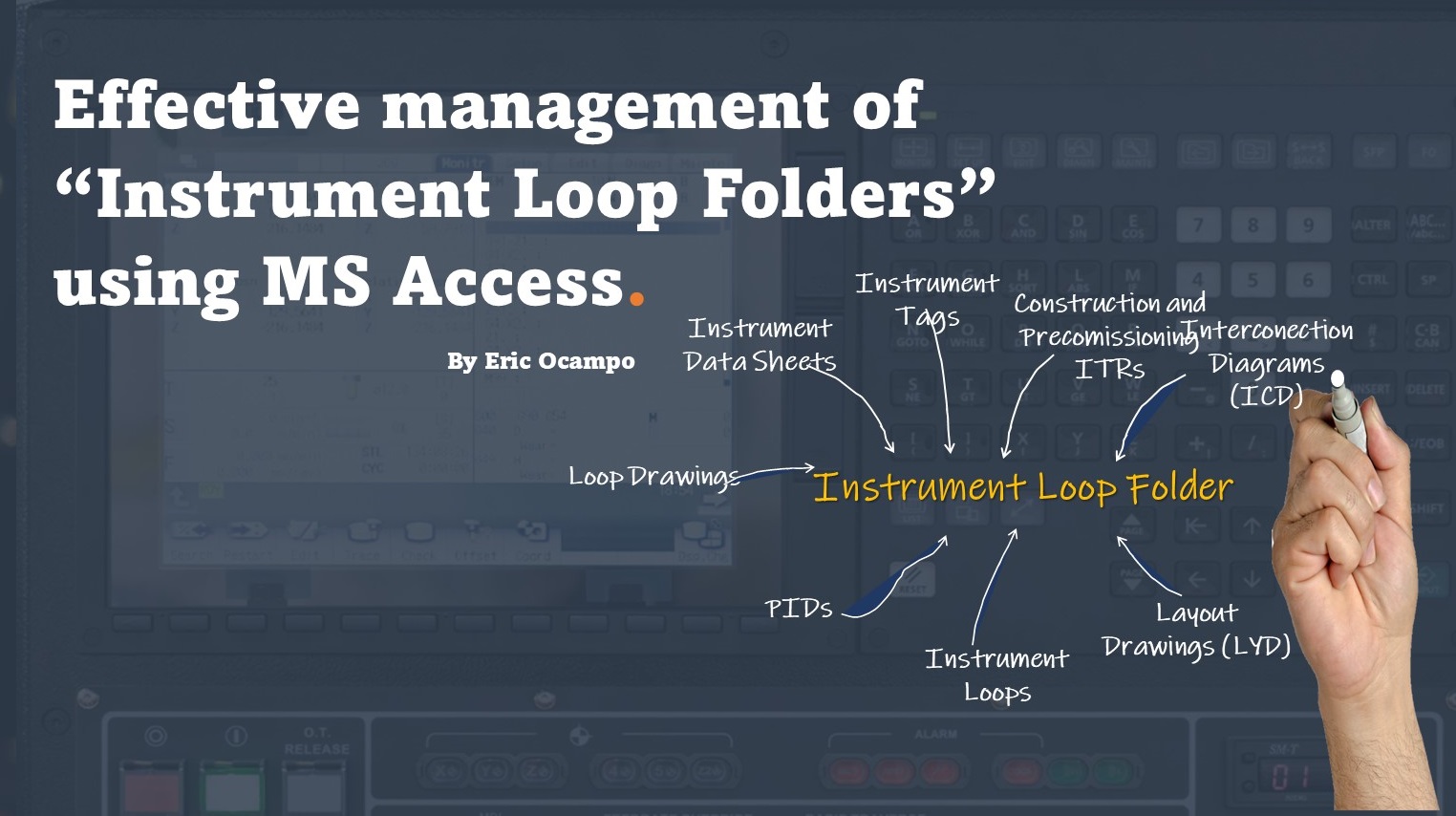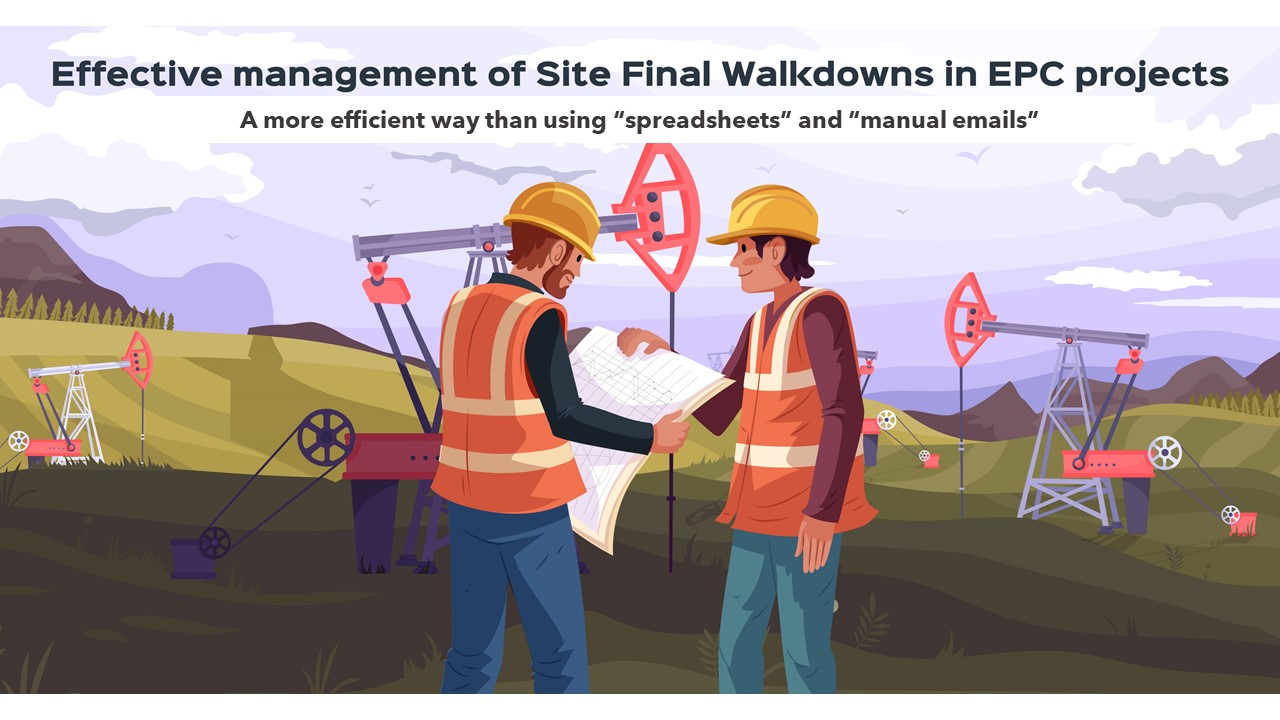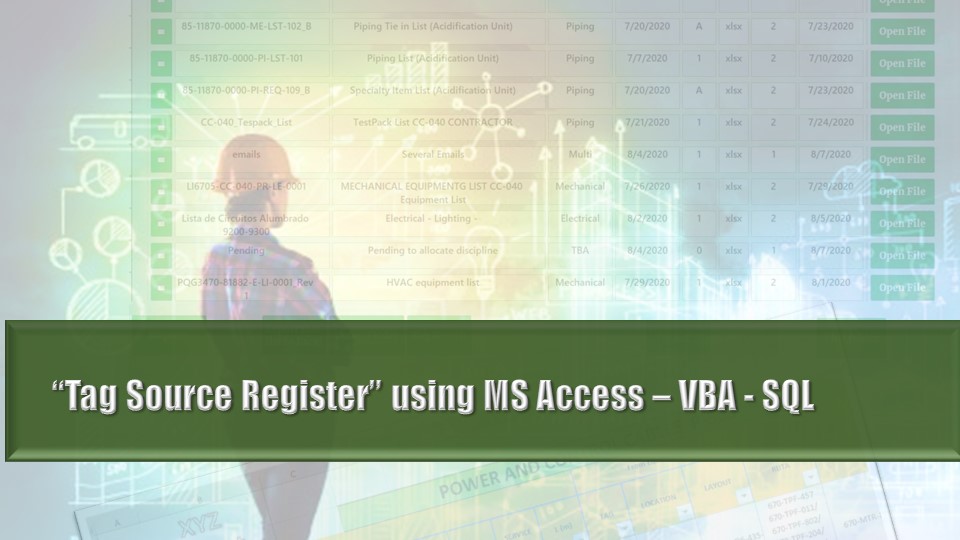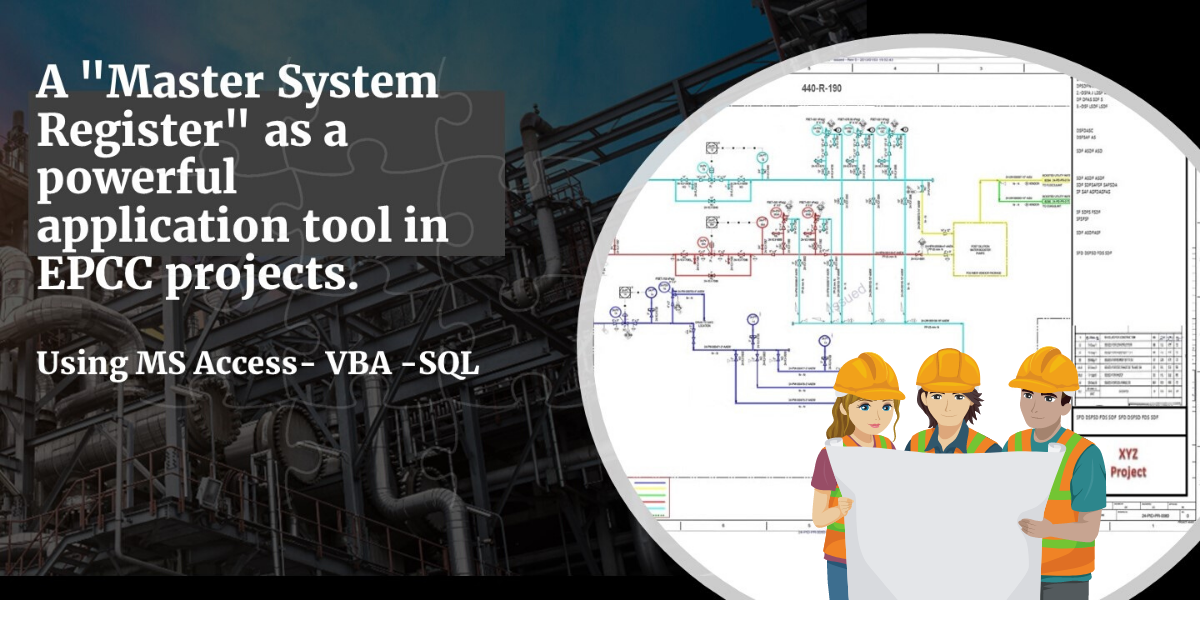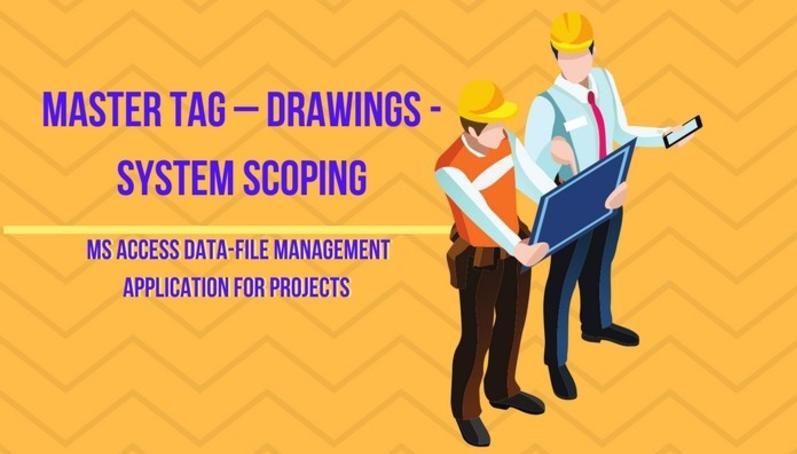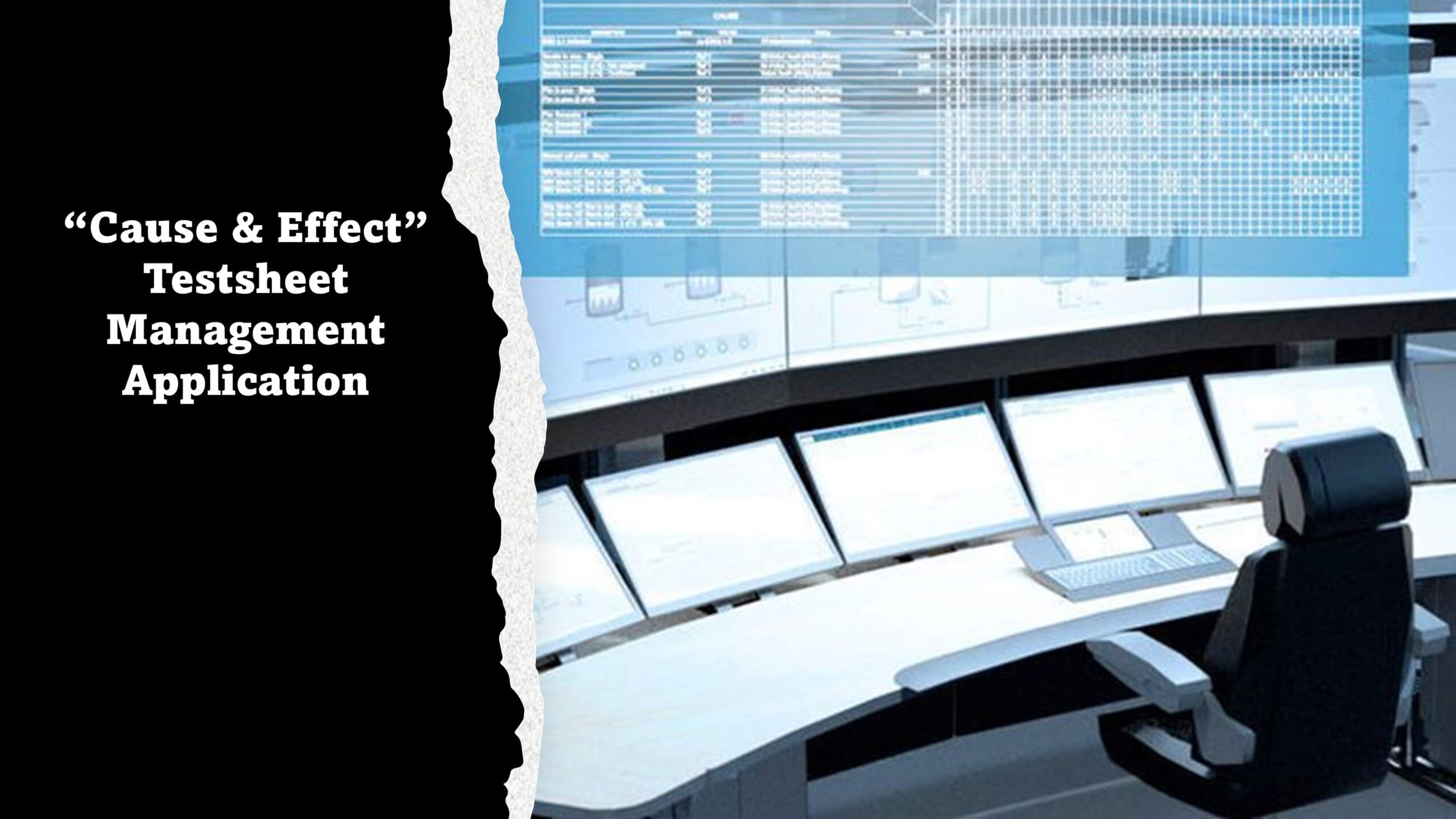“Innovation distinguishes between a leader and a follower”.
Steve Jobs
Introduction
This article was originally published on LinkedIn, Jun 14 th 2021
In Engineering, Procurement, and Construction (EPC) projects, the “Construction Site Subsystem Final Walkdown” is a term used to describe the joint walkdown of a defined scope to ensure “construction completion” per the project requirements and identify deficiencies. Other terms used are : Site Walkdowns, Construction Walkdowns, Scope Walkdowns, etc. this LinkedIn article refers to the Construction Final Walkdown; other walkdowns like the Pre-Startup Safety Review (PSSR) will be covered in other articles
Depending on the project, this walkdown is generally associated with the subsystem scope defined in scope drawings (although not necessarily; as always, there are exceptions and there could be partial ones), and the deficiencies identified during the walkdown will be registered in the Completions Management System.
Typical teams attending the walkdowns:
- Construction Contractor: As the work executioner
- Construction Management: To lead the inspection and reception of the construction scope defined (usually by discipline)
- QA/QC: To ensure the work is in accordance with the Quality project plan and local regulations, also no corrective action (CAR) or non-conforming reports (NCR) (usually by discipline)
- Engineering: To ensure the installation/construction is in accordance with the latest engineering drawings, and requests for information (RFIs) have been actioned (usually by discipline)
- Precommmisioning: Although not mandatory, they are invited to recognize the scope that they will receive after formal Construction Certification (usually by discipline)
- Turnover/Completions/Punchlists: To ensure that walkdown documentation has been received, support the punchlist findings, and follow up the scope progress into a Completions Database System for the phases ahead like Precomissioning.
From a Completions perspective, the walkdown is the initiator flag of the System/Subsystem Turnover Process.
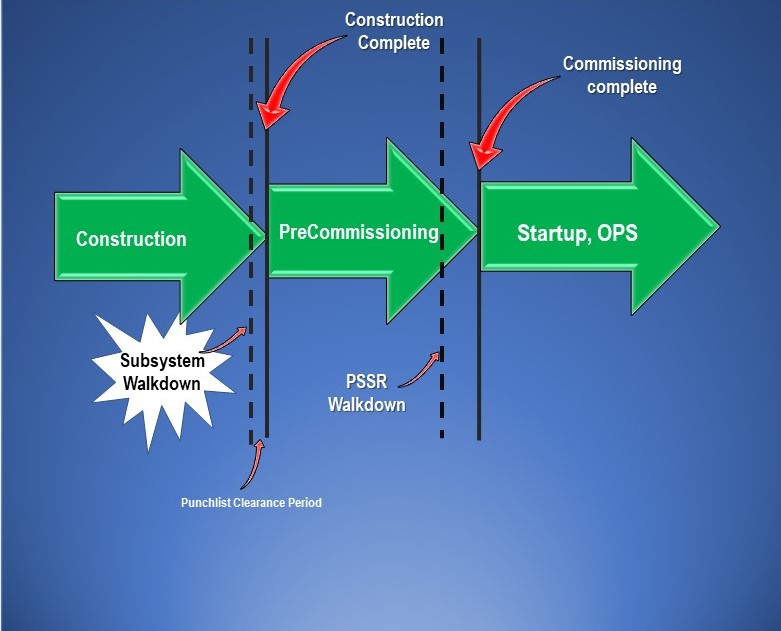
Usually, the Project has a specific procedure that defines the Final Walkdown requirements along with its flowchart functionality. This procedure should be closely related to other procedures, including Completions, Punchlists, Construction Execution, and Turnover.
But, similar to other management and execution processes of the project (i.e., System Register, Master Tag Register Tacking, Completions, Instrument Loop Management, etc.), their procedures only define concepts and criteria, but rarely define the “how” and/or what “software tools” to administrate these walkdowns.
If they are not properly administrated and tracked, they could end up in an uncontrolled process that will drain manhours walking down incomplete work.
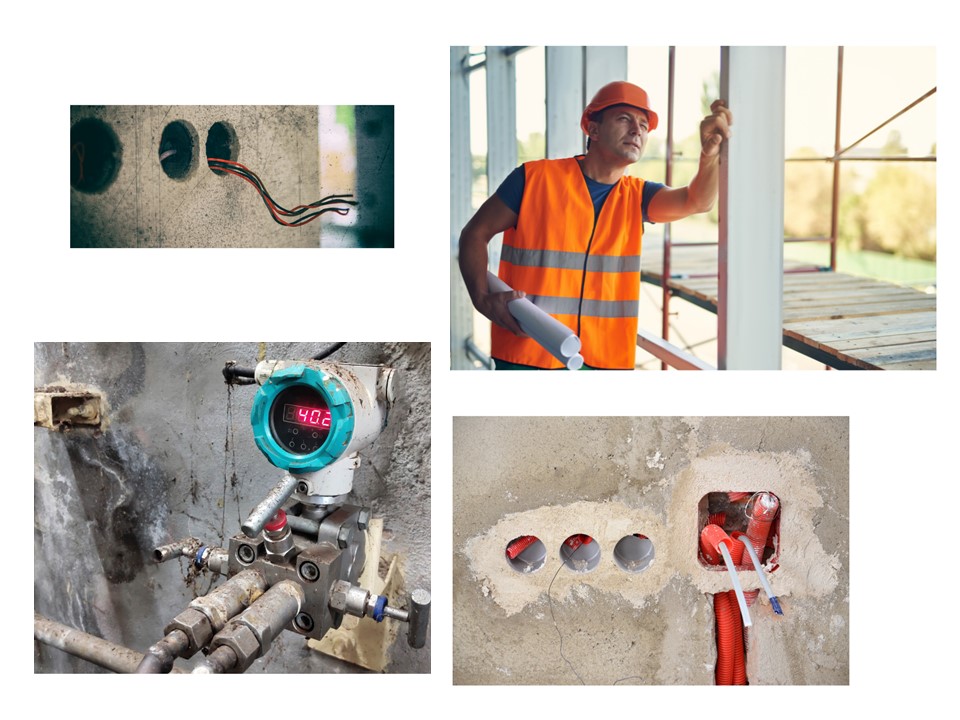
Different projects set different criteria to initiate these Final Walkdowns. In some projects, this trigger is determined both by the contractor’s claim of “substantial completion” and a 90% or 95% completion of Construction Inspection Test Report (ITR) or Quality Verification Document (QVD). In other projects, there is a pre-walkdown and, in still others, there may be a Walkdown 1 and a “Walkdown 2, and the requirement is set at 100% completion of ITRs or QVDs for a Final Walkdown.
As stated above, since procedures rarely define how to administrate the walkdowns, the most common approach is using manual spreadsheets, manually drilling down through a series of folders, and manual email notifications and appointments. This approach is as cumbersome as it sounds yet is common to many projects, and is not that transparent, efficient, or easy to audit.
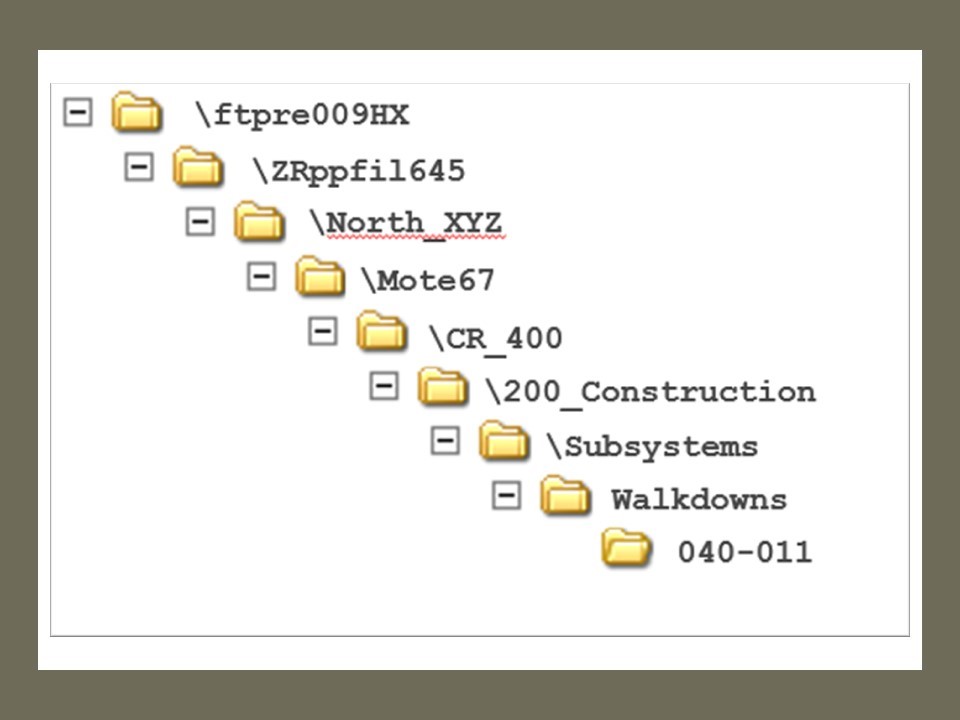
Common problems with a poor data administration of walkdowns:
- Incomplete construction resulting in a greater number of punchlists.
- Risk of uncontrolled and multiple contractors calls for walkdown.
- Risk of poor review of walkdown documentation (i.e., missing redlines, outdated Tag-ITR list, etc.).
- Lack of visibility of what has been walked down or not.
- Missing invitees in a walkdown invitation.
- Data overload, traffic, and bandwidth saturation due to heavy attachments in email invitations.
- Time loss drilling-down through a series of folders to find the walkdown documentation.
- As a Completions and Turnover Coordinator, I always like to enforce my team in the effectiveness of data management. A critical success factor for these data management teams is that they maintain an effective traceability ensuring that their time is value-added and not drained away in unproductive or repetitive typing.
Instead of using spreadsheets, an MS Access-VBA application could boost the functionality by automating several of the tasks using the power of MS Office connectivity and automation features. A short video demo is at the end of this article, showing an example of a powerful and practical “Walkdown Administrator System”, which I will describe in the following paragraphs.
Entry Menu and Dynamic Filter
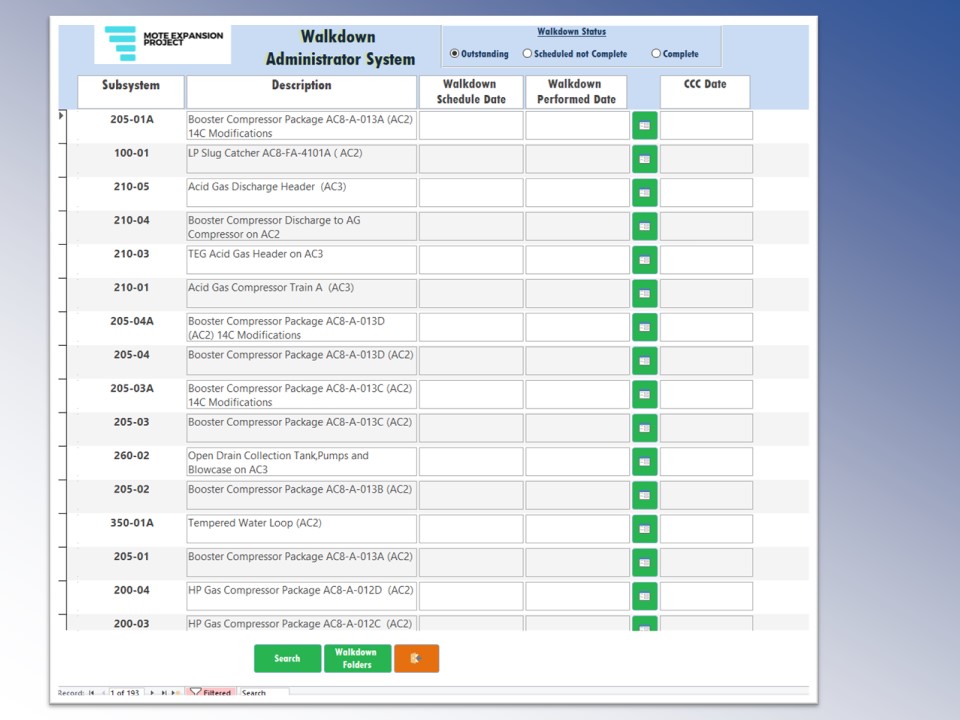
The entry menu shows by default the “outstanding” subsystems, those that have not been walked down yet and still have to be scheduled.
Quick dynamic filters facilitate the answer to typical queries or actions like:
What are the walkdowns scheduled for tomorrow?
How many subsystems have been walked down in the “Thickener South Unit? “And how many more still need to be walked down?

Review of the Required Walkdown Documentation
A common situation is when walkdown package documentation is not complete, outdated, or, even worse, when it has not been reviewed at all. Why does this occur? Very likely because the documentation is an attachment in a lost email, or it is nestled way-down in a super-long link path or email conversation).
This is one of the killer-functionalities that exists within the MS Access application; access to the walkdown package documents is intuitive and focus-kept.
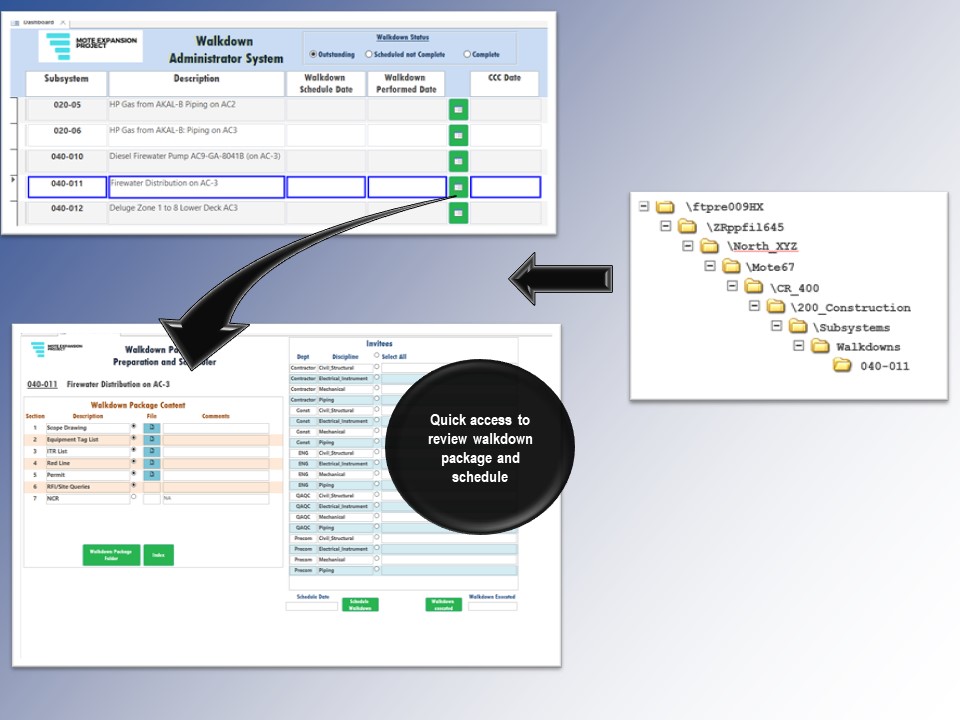
Easy access to the walkdown package documents, such as:
Let’s review the scope drawings of the “Fire Water Subsystem” that will be walked down tomorrow.
Let’s review the PTW “Permit to Work” ahead of time.
Let’s review the status of the Construction ITRS (or QVDs).

Selecting invitees, composing an invitation, and booking an appointment
Continuing with the above process, once the documents have been reviewed and index generated (if desired), from there, we could go right to the appointment booking. This can be accomplished without dispersing our focus by jumping across applications. In this step, the following actions are:
Select invitees (normally by “discipline group,” previously uploaded into a background table from a signatory matrix)
Compose the invitation message with the identification of the relevant subsystem to be walked down.
Select the date and time, and schedule the appointment.
The MS Access application has automated all the above tasks as seen below:
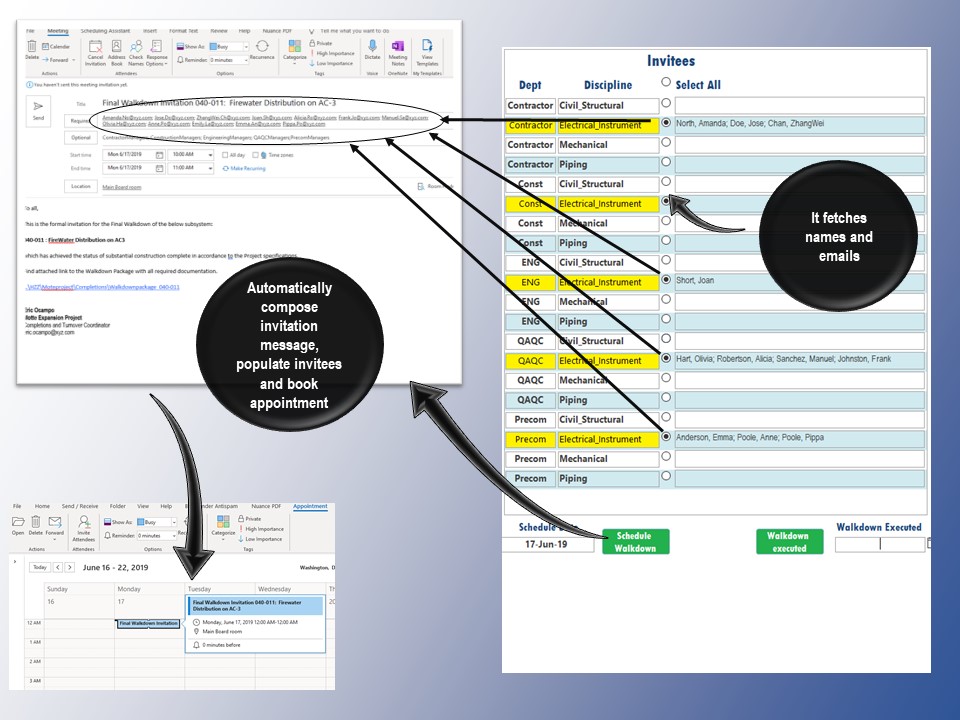
The Walkdown Administrator Module
This walkdown application is a good tool for the Walkdown or Punchlist Coordinator, either on the Construction Management Team (CMT) or the Contractor. Also, this module could be part of a Turnover Package Management application like the one I discussed in a previous LinkedIn article: Turnover Package Administrator System.

Conclusions
“Site Subsystem Final Walkdown” is a term used to describe the joint walkdown of a defined scope to ensure “construction completion” per the project requirements and identify deficiencies.
Manual spreadsheets, manually drilling down through a series of folders, and manual email notifications and appointments is the most common approach to administrate the tracking, document revision and booking of these walk downs.
But, if the Final walkdowns are not properly administrated and tracked, they could end up in an uncontrolled process that will drain manhours walking down “incomplete” work.
An application developed in MS Access-VBA is a more effective approach than using spreadsheets, it boosts the process functionality by automating several of the tasks using the power of MS Office connectivity and automation.
Here is a short video demo that shows how to review the walkdown documents, select the invitees, compose the invitation, book the appointment and register in the tracker. As an example I’ve picked a traditional subsystem in many projects: “040-011: Fire Water Distribution on AC3.”
Video Demo
Summer 2021, pandemic still affecting several countries, but there is hope. The daily cases curve is reducing here in North America but other countries are still enduring a second or third peak , I pray and wish them the best. Netflix: “The Kominsky Method” light and relaxing comedy-drama that I’ve just started watching last week, it has been so long that I haven’t seen Michael Douglas in a good role.
Thanks for your feedback and comments on my previous LinkedIn article, the “Tag Source Register” in EPCC projects. I certainly do welcome them.
If you enjoyed this post-article-demo, feel free to comment, like, or share it.
Thank you!
Eric Ocampo
ericocampo@ericocampo.com
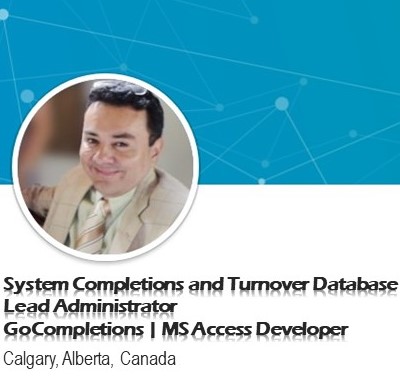
Eric Ocampo is a Project Management Professional and Microsoft Access Certified Specialist with an Electronic Sciences Degree. He is a proactive Database Administrator/Developer that has worked in Construction, Oil & Gas projects in North and South America, and the Middle East since 2001. He has worked in Mechanical Completions as System Completions Database Administrator (SCDBA) using GoCompletions, MCPlus, Smart Completions Hexagon and WinPCs, and as a Database Developer, he has developed applications for Project Turnover, Completions, Materials, Preservation, Dossier reviews, Weld Tracking, Instrument loops, etc.
His early experience includes a role as MWD (Measure While Drilling) Operator with Anadrill Schlumberger.

